September 26, 2012
This is a repost of an interview that I did four years ago. These are questions that I still get asked almost daily but it seems that they are just as relevant today.
1. Considering that teenagers are probably not consciously aware that colors can affect how they feel, please explain in simple terms why colors influence us so much. I realize you could write forever on this topic, but I’m just looking for a basic explanation that young readers can understand.
Teenagers can remember how, from very early on when they were given their first box of Crayolas, how they were fascinated by color. And as they have grown older that fascination translated into the color of their toys, bikes, clothing or nail polish! The human mind (and eye) is adapted to “reading” and interpreting color. Red for danger as in stop signs, yellow for the approaching school bus and so on. So color is not just a question of most or least favorite, but also about color as signals, color and its associations to nature, as well as color and emotions. (See below)
2. How is it that each color has become associated with different emotions? I would think it’s partly due to their appearance in nature. For example, fire and blood are red, therefore red means burning love or anger or passion. Are there other reasons for these associations?
You are correct. Much of color feeling comes from its context in nature. Humans are very aware of the most general reactions. From the time they are babies, the presence of color in nature is very apparent in their everyday lives. For example, from the first time they were taken outside for a walk in their strollers, they were aware of the green that is so all-present in nature. Then as they grow older, they go to the park, play in the backyard, take a walk in the woods and do all of the other things that invariably attach the color green to nature. Green is the #1 association that people have to nature. So it continues to evoke that feeling as time goes on into adulthood.
3. In your book you list adjectives and personality traits under specific shades of colors. Does that mean those colors make us feel that way? For example, sky blue is calming. Why is that?
The example you chose is a good one. Blue is considered calming and dependable primarily because of its connection to the sky. The sky is a ‘constant’ in our lives. It never goes away or falls to the ground. Even on those gray or cloudy days, we know that the blue sky is still there and when the clouds disperse, there is the beautiful blue sky again!! So there is also a hopeful quality to it. Likewise, yellow is so connected to sunlight that it is invariably thought of as cheering and warm. We are drawn by yellow, just as the sun draws us. It is also the most visible color in the spectrum – reaching out and grabbing our attention.
4. What if I prefer a certain color? Does my favorite color say anything about my personality or does it just make me feel a certain way when I see that color? For example, your book describes deep blue as reliable, traditional, and introspective. I love that color and would describe myself in those terms. Is that coincidence or not?
Of course, there are always personal associations to color. Perhaps pink is a favorite because every time you wear it, someone gives you a compliment. Or perhaps, it was the color of the cotton candy that you ate too much of at a carnival that made you very sick on the way home. More than likely, pink is not going to be a pleasant association after that! As to your describing yourself in the same terms as the color, there is often a strong connection between your personality traits and the colors you choose. Many people are innately drawn to the colors that reflect their personality. But remember, they can also express who you would like to be or how you would like others to think of you. Barack Obama wears a lot of blue. Is that because it is a favorite color or that he wants people to believe he is reliable and dependable? I can’t speak to that, as I don’t know him personally, but politicians have often used the power of persuasion in their clothing.
5. Along the same lines as #4, the Luscher Color Test is well known but also controversial in its ability to provide insight about people. What do you think of color quizzes like this?
I think there is a great deal of truth in Luscher’s findings. I think it can get a bit confusing with the color in first place, second place and so on, but there is definitely credibility. We can speak in general terms (although every person is an individual and can fit many of the general descriptions) but personal experience can “color” their feelings.
6. If you were advising a school on what color(s) to paint the classrooms to help the students perform better on tests, what would you recommend?
That is a “magic bullet” question that I cannot answer. There is no one magic color. The amount of light that comes into the room, the direction it faces and so on all play a part in the “best” color for that room. And I suspect, in the long run, there is no color that can substitute for good study habits!!
(Do I sound like your fifth grade teacher, or your Mom?!)
What are your color questions?
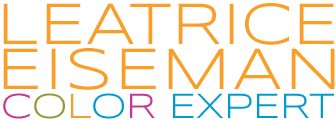
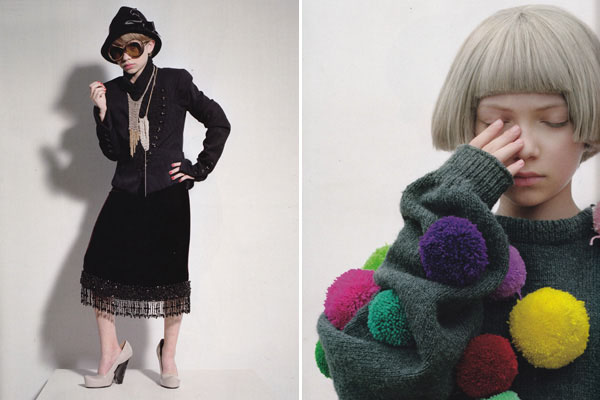

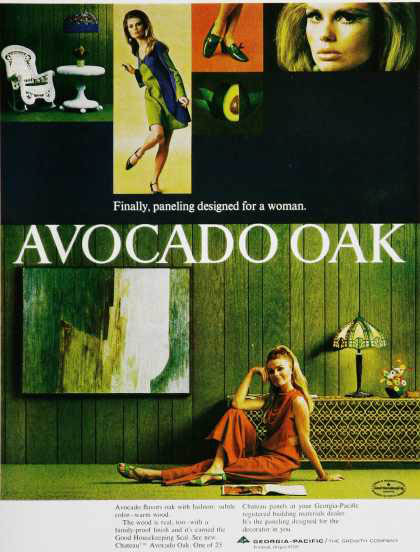
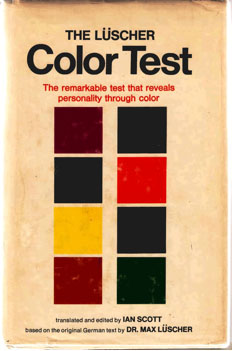
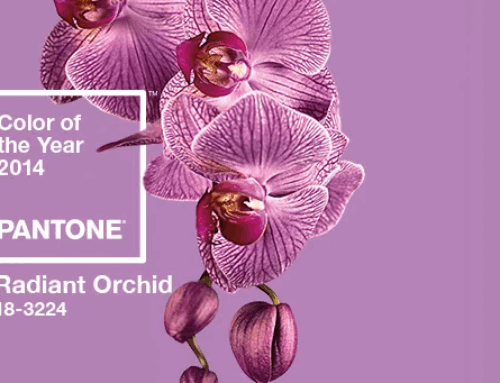
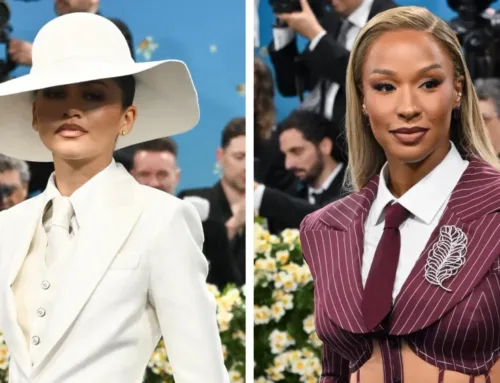
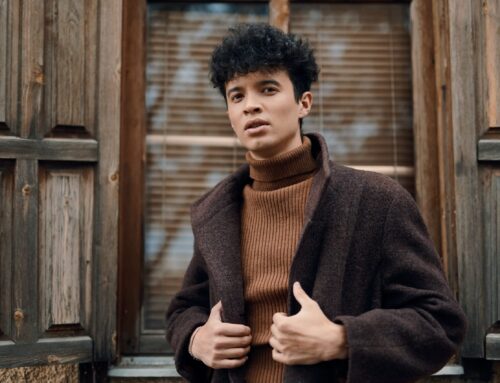
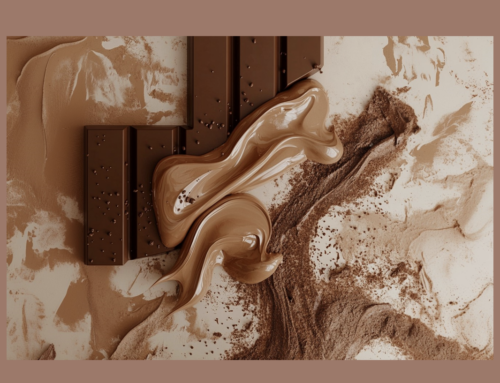

As always, your comments are on target. You’re the best color expert ever!
Thank you. That is very kind of you to say.